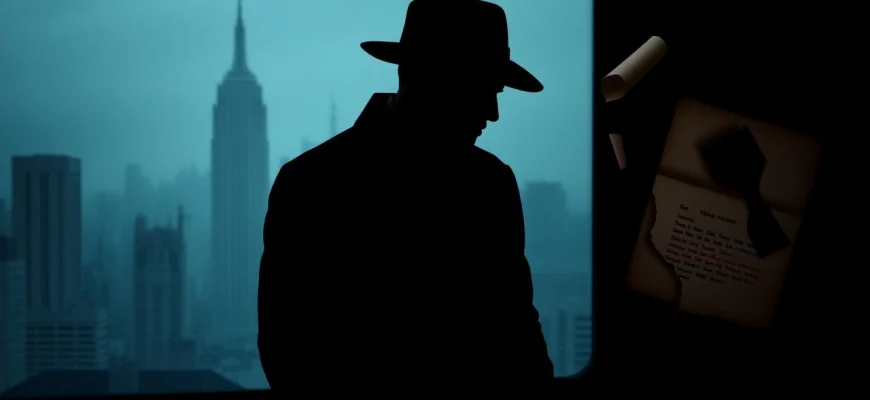If you loved the suspense and intrigue of Alfred Hitchcock's 'The Man Who Knew Too Much' (1956), you're in for a treat. This article explores 10 gripping movies and shows that share similar themes of mystery, espionage, and high-stakes drama. Whether you're a fan of Hitchcock's masterful storytelling or simply enjoy edge-of-your-seat thrillers, this list will guide you to your next favorite watch.
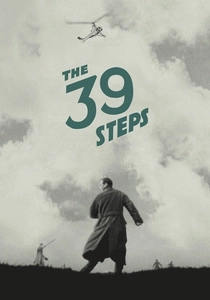
The 39 Steps (1935)
Description: As an early Hitchcock thriller, 'The 39 Steps' establishes many themes that would appear in 'The Man Who Knew Too Much' - the innocent man on the run, international espionage, and the MacGuffin plot device. Both films feature cross-country chases and romantic subplots.
Fact: This was Hitchcock's first major international success. The film helped establish the 'wrong man' trope in cinema. It was based on a 1915 novel by John Buchan.
 Watch Now
Watch Now 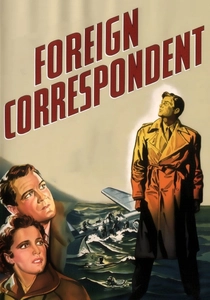
Foreign Correspondent (1940)
Description: This early Hitchcock thriller shares the international intrigue and espionage elements of 'The Man Who Knew Too Much'. Both films feature journalists caught up in dangerous plots and showcase Hitchcock's skill at large-scale set pieces.
Fact: The windmill sequence is one of Hitchcock's most famous set pieces. The film was nominated for six Academy Awards. It was Hitchcock's second American film.
 Watch Now
Watch Now 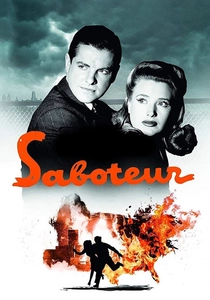
Saboteur (1942)
Description: Like 'The Man Who Knew Too Much', this film features an ordinary man wrongfully accused who must clear his name. Both are chase films with patriotic themes, made during WWII, showcasing Hitchcock's ability to blend suspense with contemporary concerns.
Fact: The Statue of Liberty climax was groundbreaking. Hitchcock cameo: He appears holding a newspaper outside a drugstore. The film was loosely inspired by the real-life arrest of a German agent in
 Watch Now
Watch Now 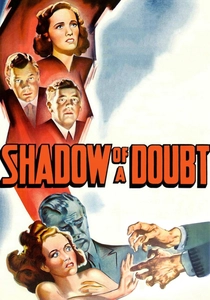
Shadow of a Doubt (1943)
Description: Hitchcock's favorite of his own films shares with 'The Man Who Knew Too Much' the theme of dark secrets invading an ordinary family's life. Both explore the idea that evil can lurk in unexpected places.
Fact: Hitchcock claimed this was his favorite of his films. Thornton Wilder helped with the screenplay. The film was shot on location in Santa Rosa, California.
 Watch Now
Watch Now 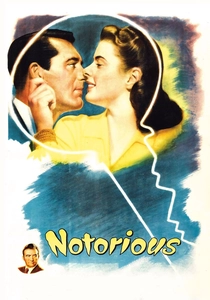
Notorious (1946)
Description: Sharing the espionage theme with 'The Man Who Knew Too Much', 'Notorious' features a more complex romantic entanglement at its core. Both films involve dangerous missions in foreign settings and showcase Hitchcock's ability to blend romance with suspense.
Fact: The famous kissing scene between Bergman and Grant had to be broken into brief shots to comply with Hollywood's production code. The wine cellar key was a major plot device. Claude Rains was nominated for an Oscar for his performance.
 Watch Now
Watch Now 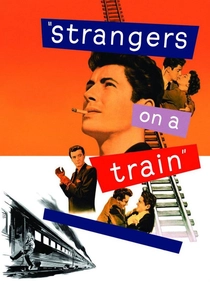
Strangers on a Train (1951)
Description: This shares with 'The Man Who Knew Too Much' the theme of an ordinary person caught in a deadly situation not of their making. Both films feature psychological tension and the concept of a 'perfect crime' gone wrong.
Fact: The famous merry-go-round scene was dangerous to film. Raymond Chandler worked on the screenplay but disliked Hitchcock. The film's tennis match sequence was innovative for its time.
 Watch Now
Watch Now 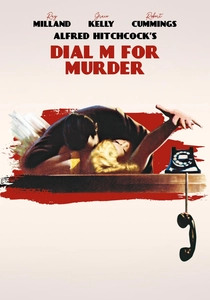
Dial M for Murder (1954)
Description: Like 'The Man Who Knew Too Much', this film involves a carefully planned crime that goes awry. Both showcase Hitchcock's love of intricate plots and suspenseful set pieces. The domestic setting gone wrong is a common thread.
Fact: Originally filmed in 3D, though most audiences saw it in 2D. Based on a successful stage play by Frederick Knott. Grace Kelly's character was originally written as British but changed to American for her.
 Watch Now
Watch Now 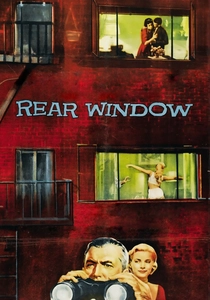
Rear Window (1954)
Description: This film shares with 'The Man Who Knew Too Much' the theme of an ordinary person witnessing something they shouldn't have. Both protagonists become amateur detectives, though in 'Rear Window' the scope is more intimate. Hitchcock's mastery of suspense and the 'wrong man' theme connects these films.
Fact: The entire film was shot on one enormous set at Paramount Studios. Grace Kelly's wardrobe was designed by Edith Head. Hitchcock appears in a cameo winding a clock in the songwriter's apartment.
 Watch Now
Watch Now 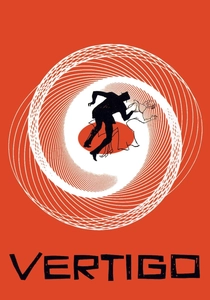
Vertigo (1958)
Description: While more psychological than 'The Man Who Knew Too Much', 'Vertigo' shares Hitchcock's signature themes of obsession, deception, and the manipulation of reality. Both films feature protagonists who become entangled in complex plots beyond their understanding, with dramatic reveals and intense emotional journeys.
Fact: The film was a box office failure upon release but is now considered one of Hitchcock's masterpieces. Kim Novak's gray suit in the film became a fashion icon. The famous tower scene was filmed at Mission San Juan Bautista in California.
 Watch Now
Watch Now 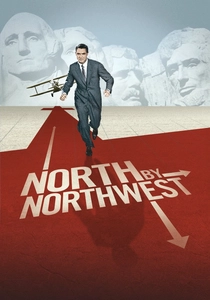
North by Northwest (1959)
Description: Like 'The Man Who Knew Too Much', 'North by Northwest' is a classic Hitchcock thriller featuring an ordinary man caught in extraordinary circumstances. Both films involve mistaken identity, international intrigue, and high-stakes chases. The themes of espionage and the innocent protagonist drawn into a dangerous world are central to both movies.
Fact: The famous crop-duster scene was filmed in California's Central Valley. Cary Grant's character was originally supposed to be named Roger Thornhill, but Grant suggested the name be changed to Roger O. Thornhill to make it more memorable. The film's climax at Mount Rushmore required special permission from the National Park Service.
 Watch Now
Watch Now 
